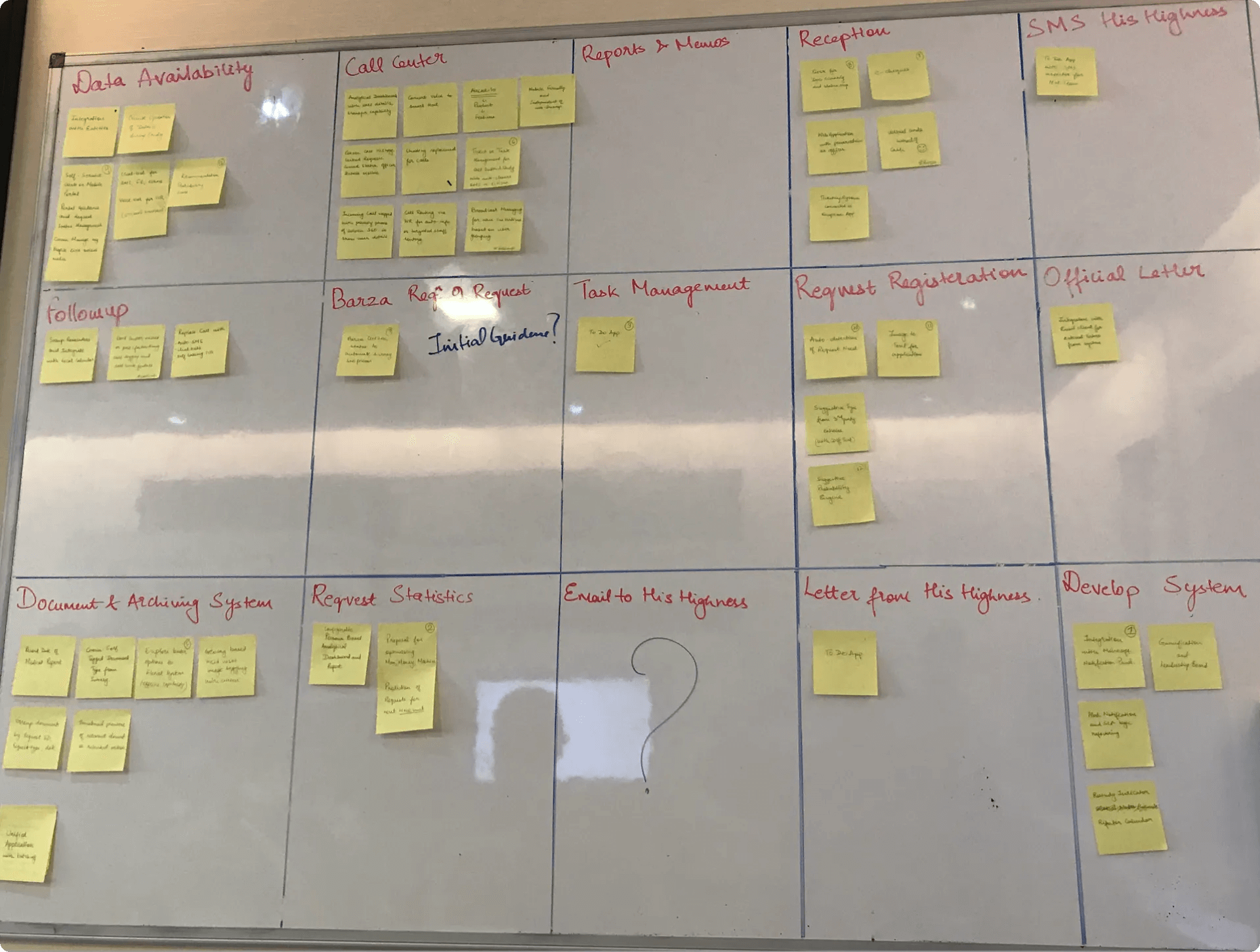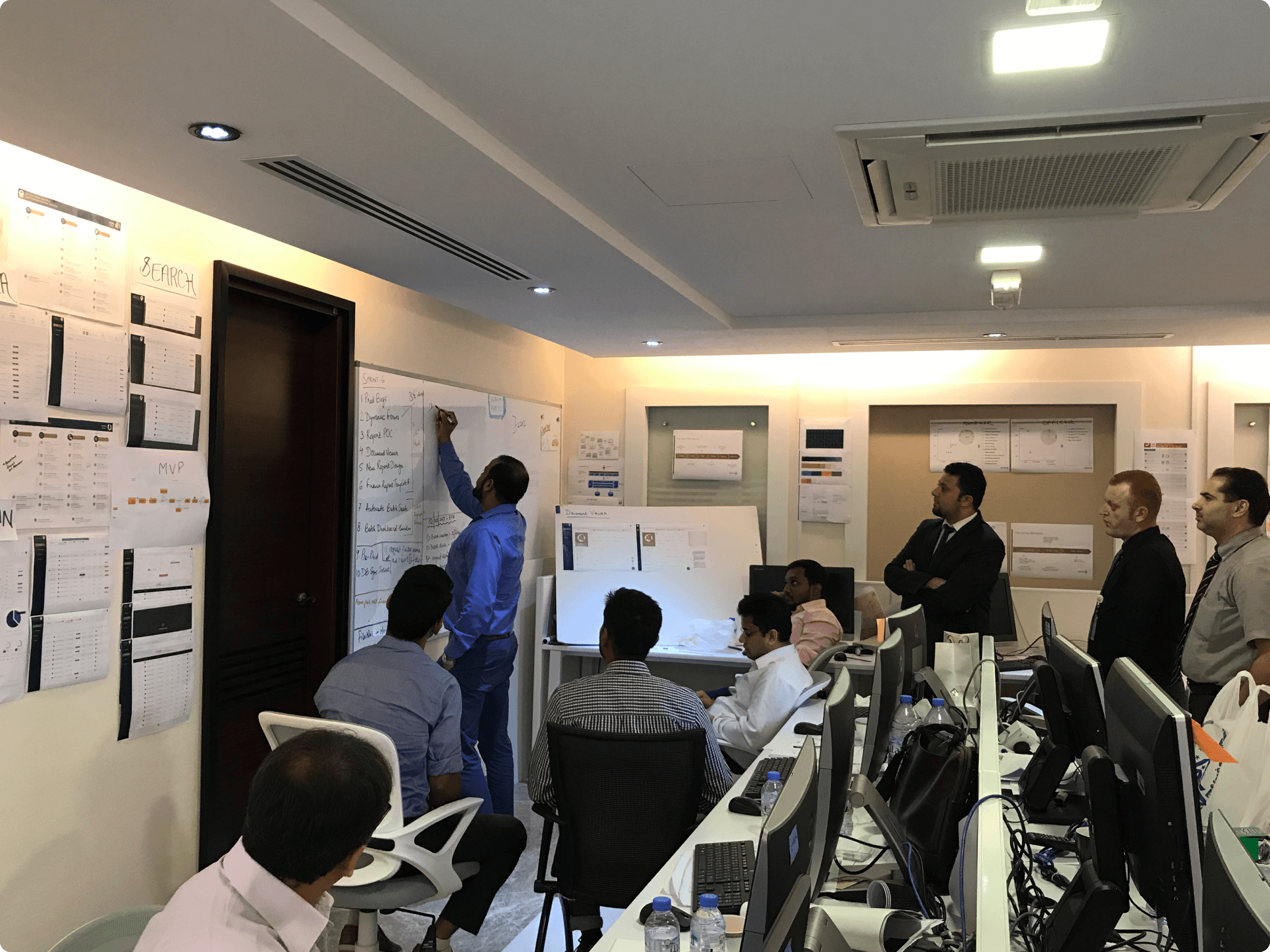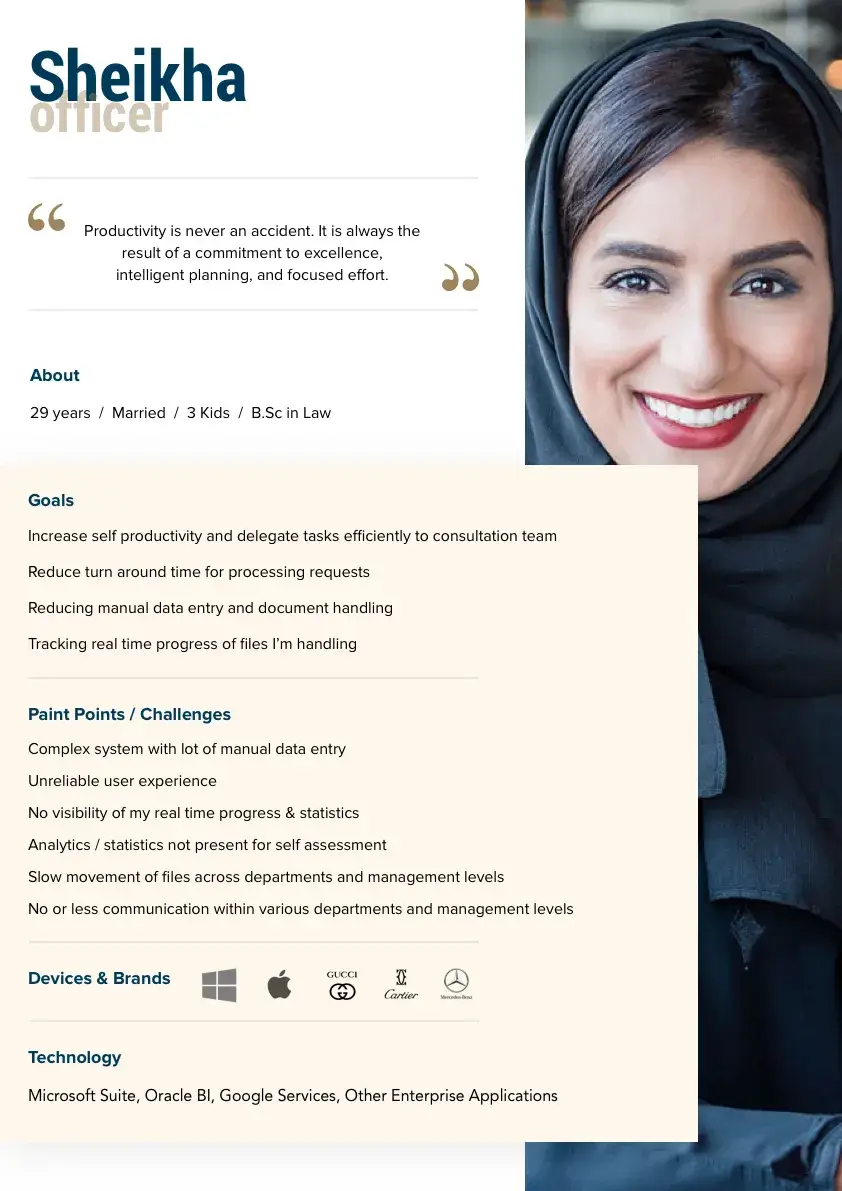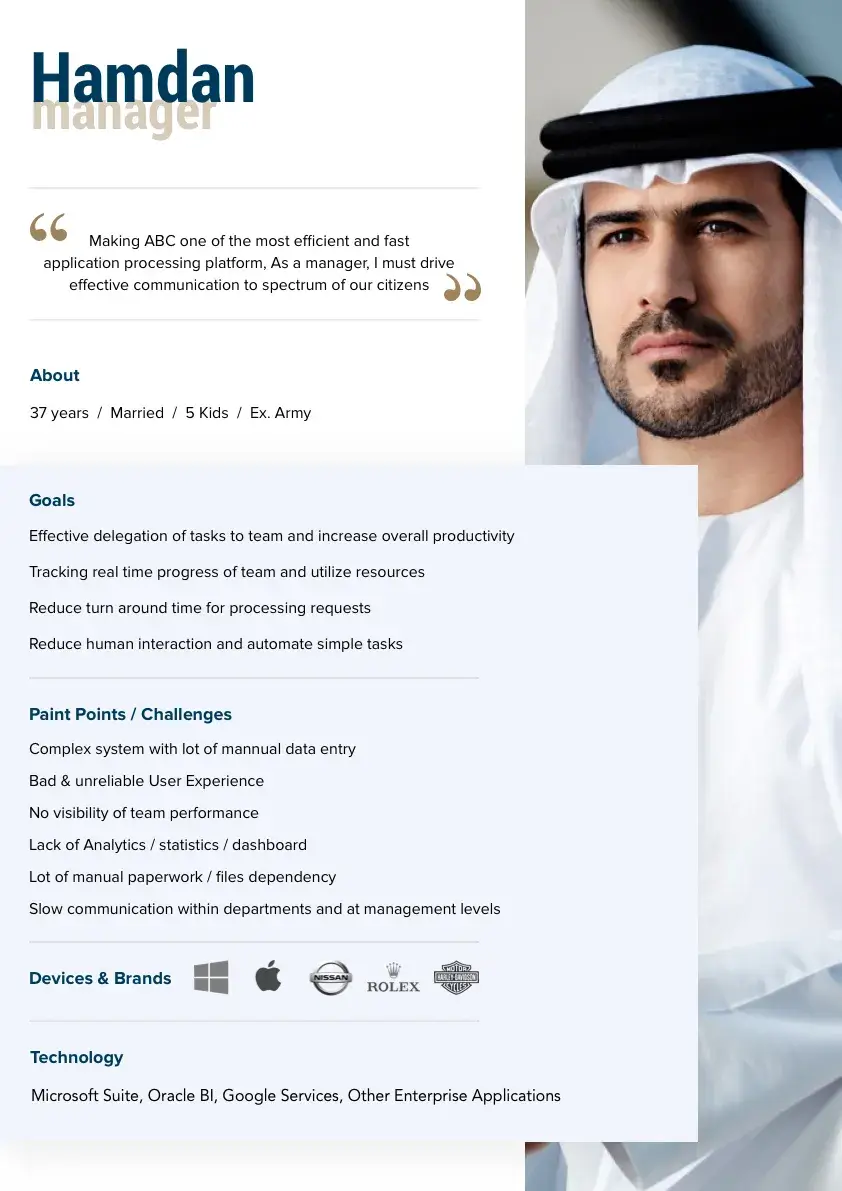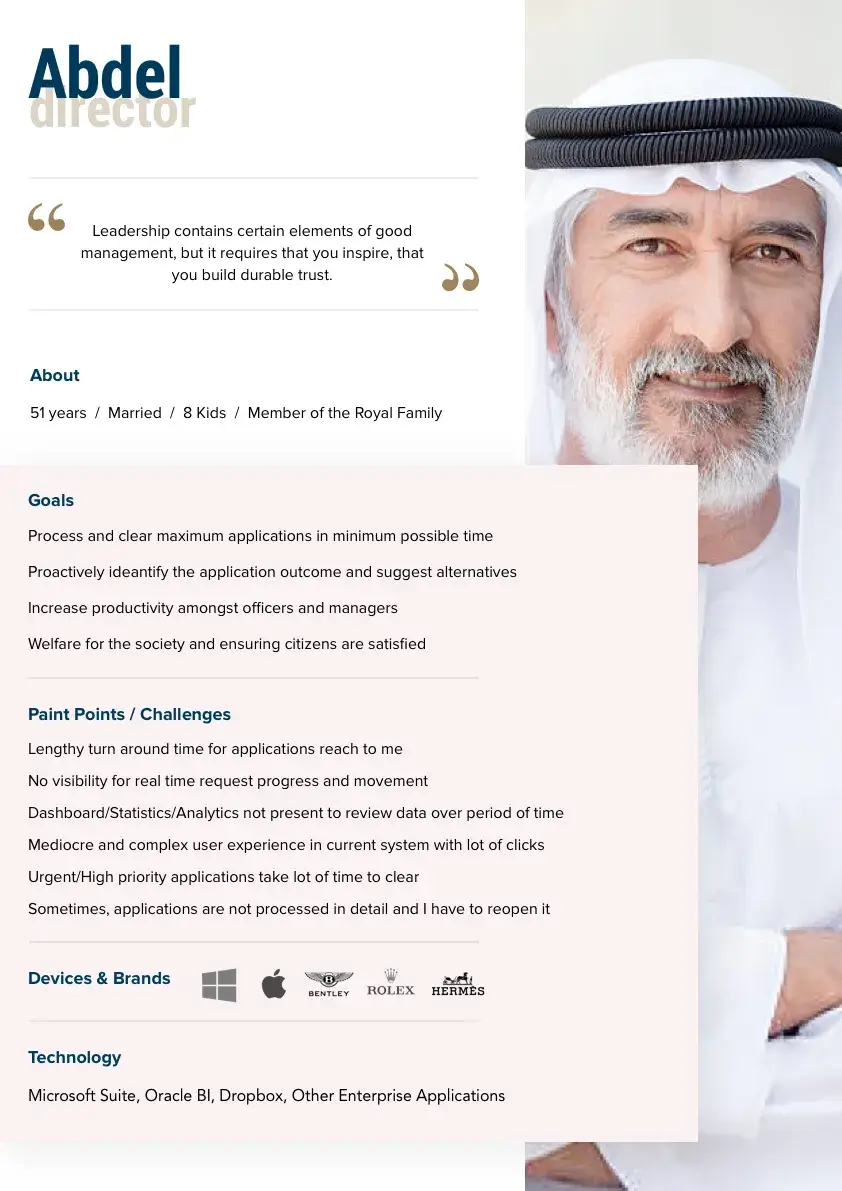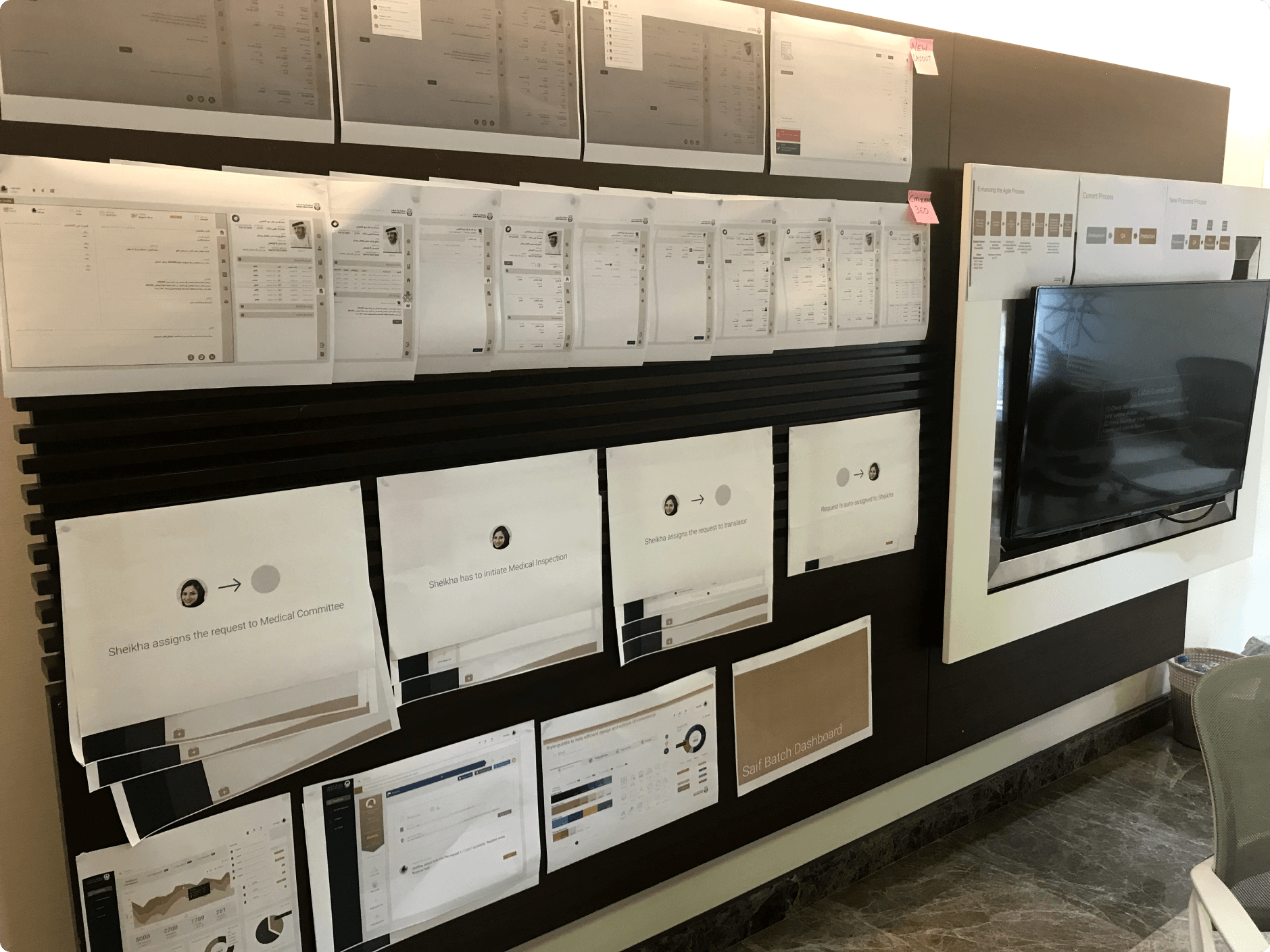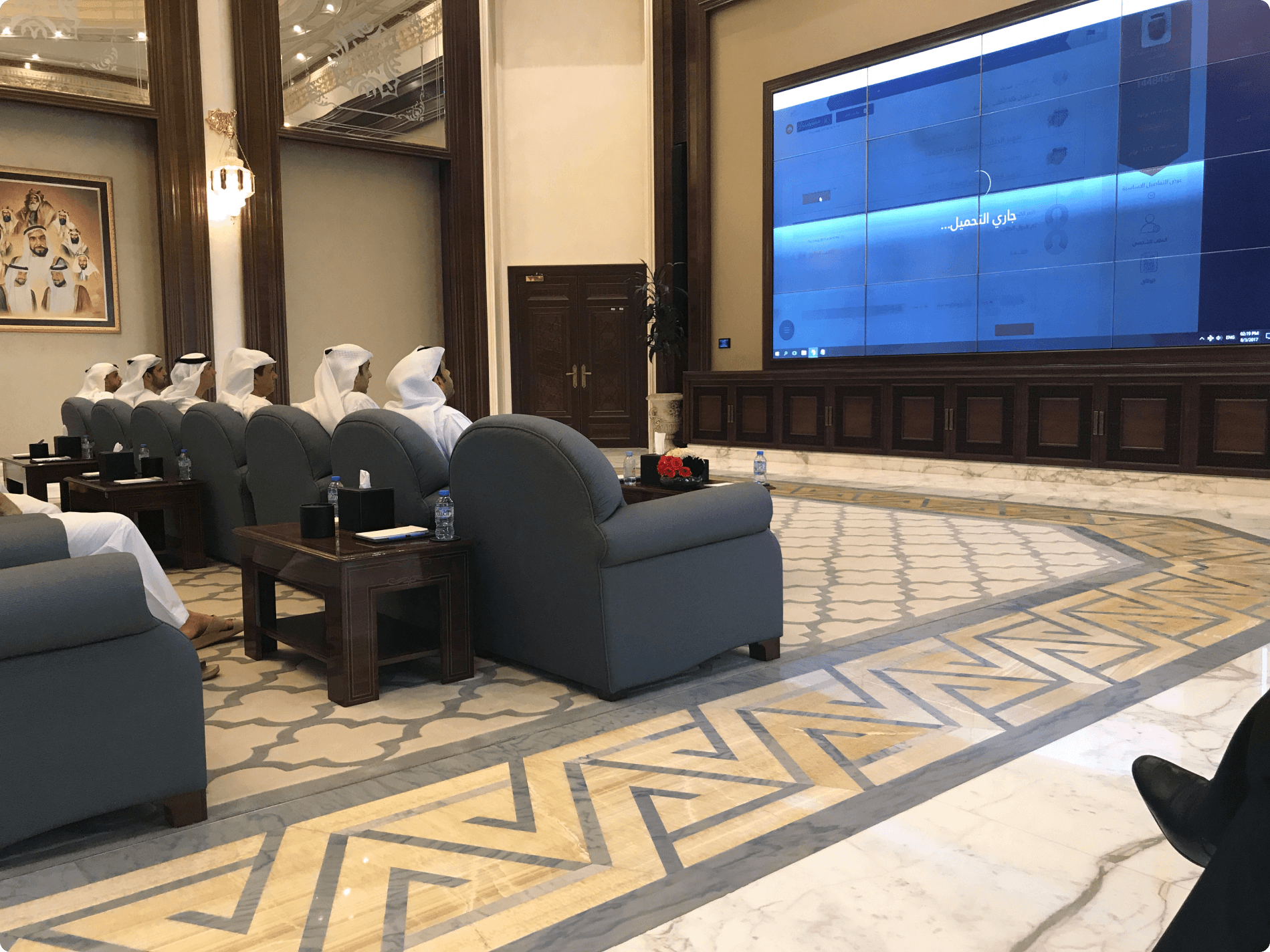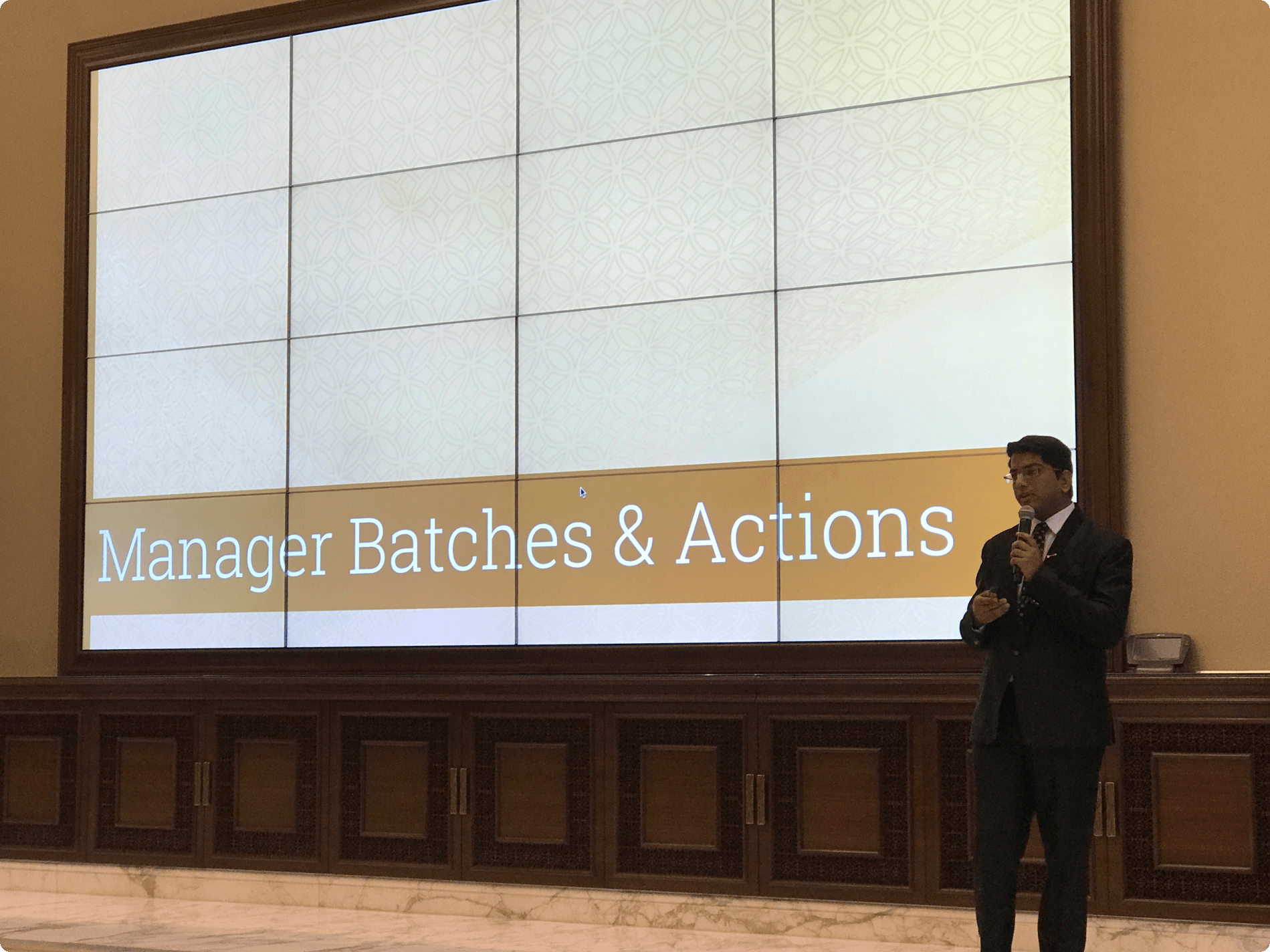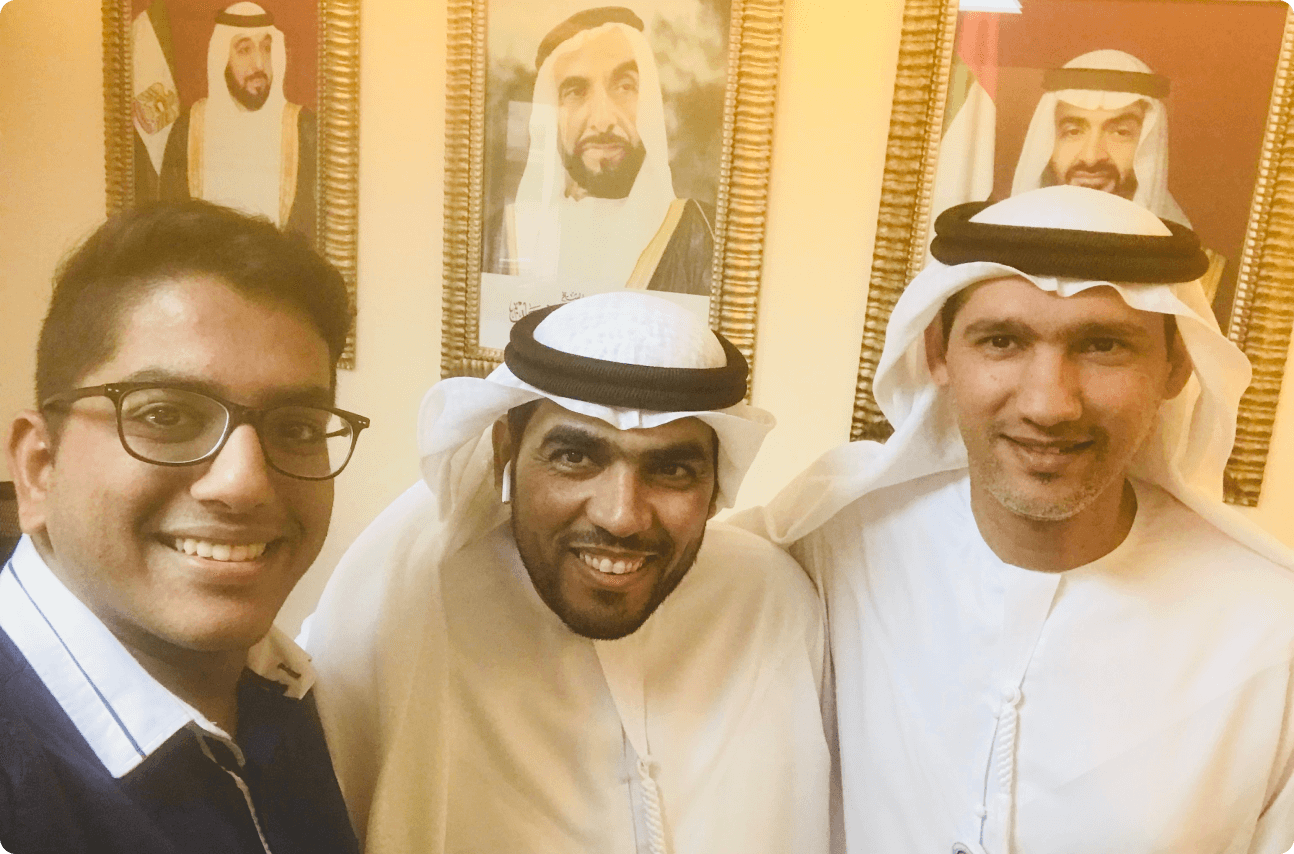Redefining Enterprise UX for the Crown Prince Court of Abu Dhabi

Background
The Crown Prince Court (CPC) serves as a bridge between the Crown Prince of Abu Dhabi and the citizens, handling requests ranging from financial aid to marriage assistance. Traditionally reliant on manual processing, these interactions suffered from delays and inefficiency, prompting the need for a digital transformation.

Disclaimer: This case study excludes confidential details and reflects my personal observations, not the views of the Crown Prince Court of Abu Dhabi. The data presented is Privacy and data security of my clients remain my top priorities.
Objective
Although CPC had a suite of desktop applications, the majority of tasks were still performed manually through hand-written notes and printouts. Previous efforts with global consulting agencies to digitize these processes had been unsuccessful. Our objective for the minimum viable product (MVP) included:
- Streamline the workflow for citizen aid services to reduce delays.
- Pilot a scalable solution in one department to set the foundation for organization-wide adoption.
- Reduce dependency on manual, paper-based processes to achieve environmental goals.
My Role: UX & UI Designer
I initially joined the project as the only contributor, building upon preliminary research and workflows developed by previous agencies. My role was to run the entire design cycle, from initial discovery through to final delivery. After successfully delivering the MVP and gaining the client’s confidence, we expanded the team to include a UI designer and a UX designer.
Project Duration
10 Months
Discovery
User Pain Points
- Duplicate applications requiring extensive time to sort.
- Essential documents are often unavailable during processing.
- Managers fail to distribute work evenly among employees.
- Slow systems, with frequent non-responsiveness during peak hours.
Business Pain Points
- Lack of mechanisms to prioritize urgent applications, such as those for medical treatment.
- High maintenance costs resulting from multiple software systems used across departments.
- Employees frequently fail to adhere to SLAs.
- Absence of effective tools to evaluate and monitor team performance.
Observations
- Locals value authority, making systems with excessive monitoring or performance tracking prone to resistance.
- Navigation issues: Users switch between 8 applications and 26 pages, with each page taking ~2 minutes to load.
- Missing documents: Communication delays of 15-45 days arise from incomplete citizen submissions.
User Persona
Design Guidelines
Based on our research, we developed the following guidelines that we referred to every time we designed a solution:
- Simplify workflows for efficiency.
- Ensure system status visibility for clarity.
- Allow flexibility in processes.
- Focus on faster performance.
- Enable user preference settings.
- Prioritize UX over UI design.
Key Solutions & Visuals
Please Note: The visuals are in Arabic as the end-users did not speak English. Interfaces were designed in a left-to-right layout using Google Translate for content. To preserve authenticity, I’ve kept the original designs untranslated. Apologies to non-Arabic readers; I hope the descriptions help clarify key concepts.
- Classify applications as Normal or Urgent during initial registration to streamline processing.
- Use predictive analytics to assess the likelihood of application approval or rejection.
- Consolidate mulitple desktop application via APIs into a single screen to minimize toggling.
- Enable citizens to manage their requests and documents through a self-service portal, reducing dependency on staff.
- Introduce gamified leaderboards and reward systems to incentivize managers based on team performance.
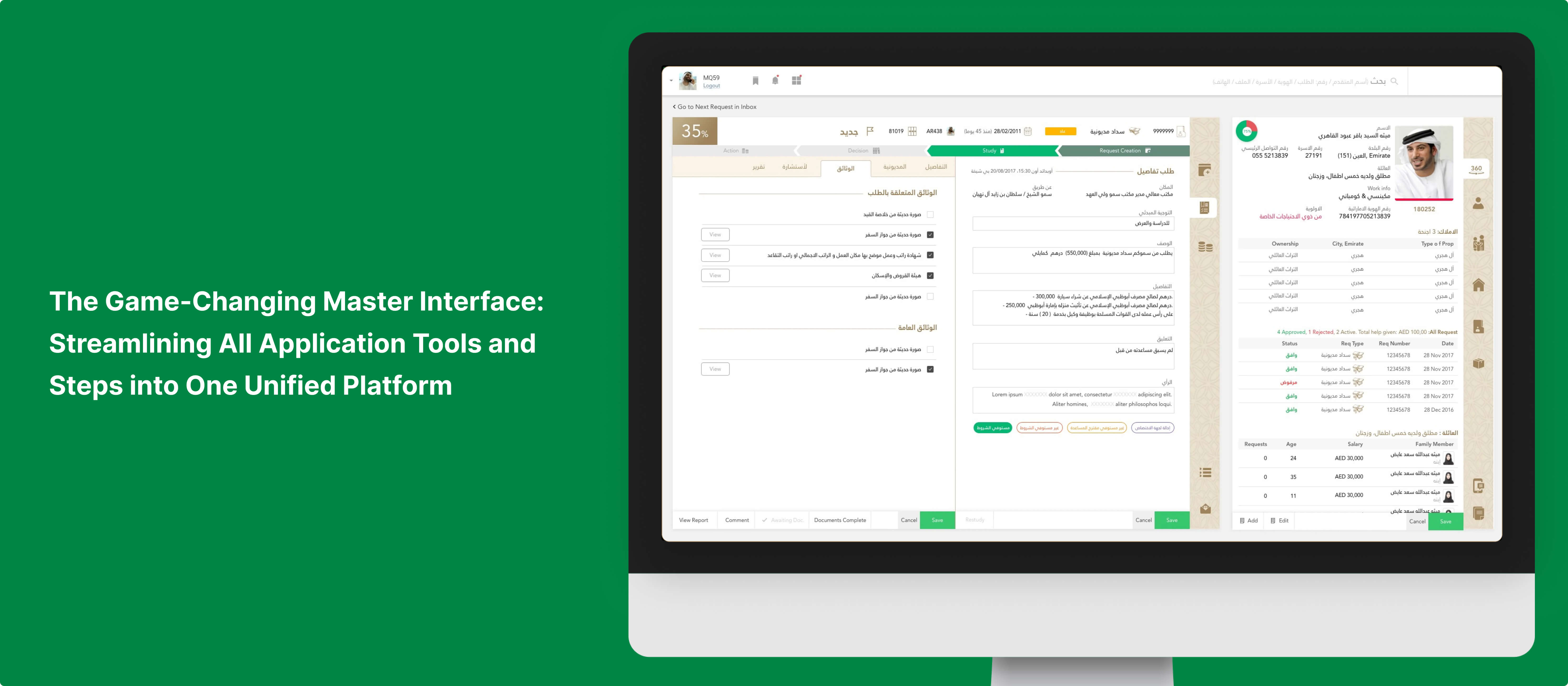
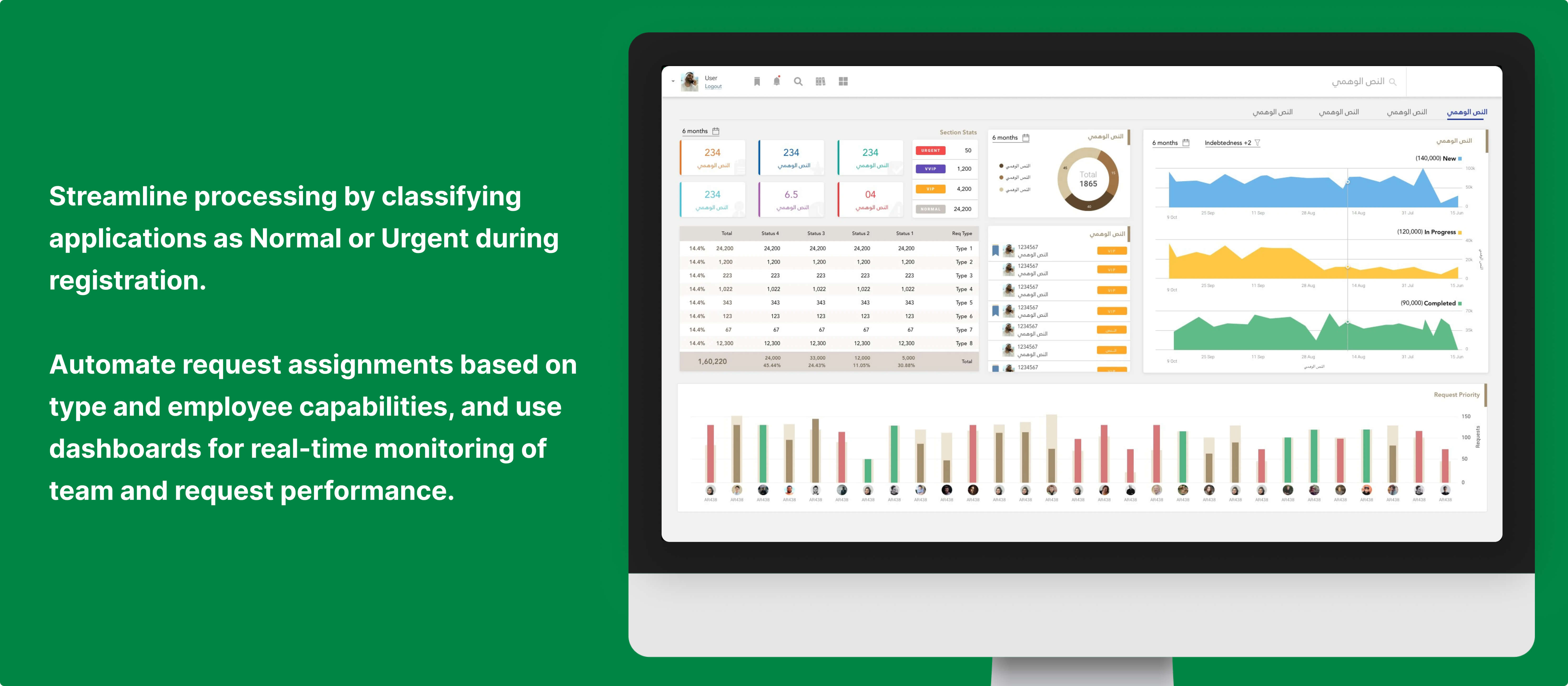
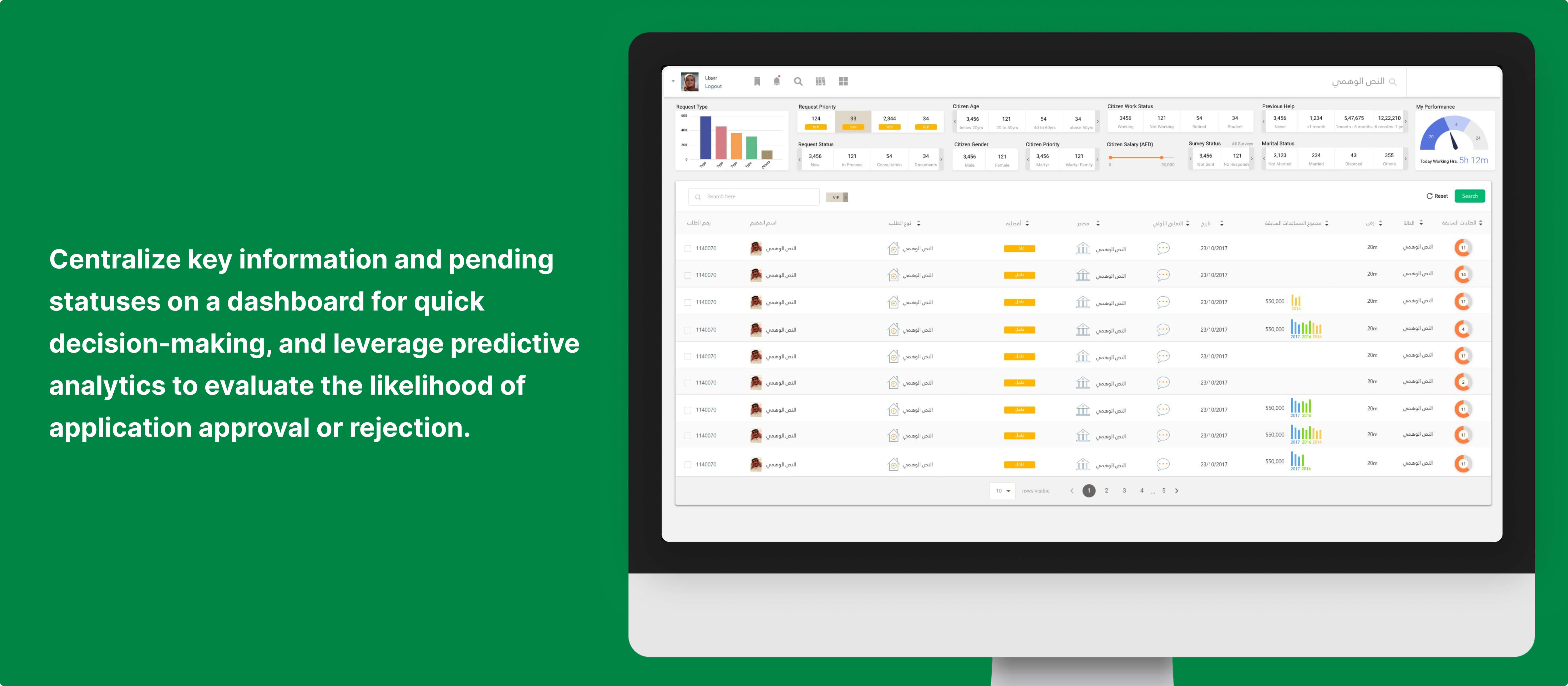
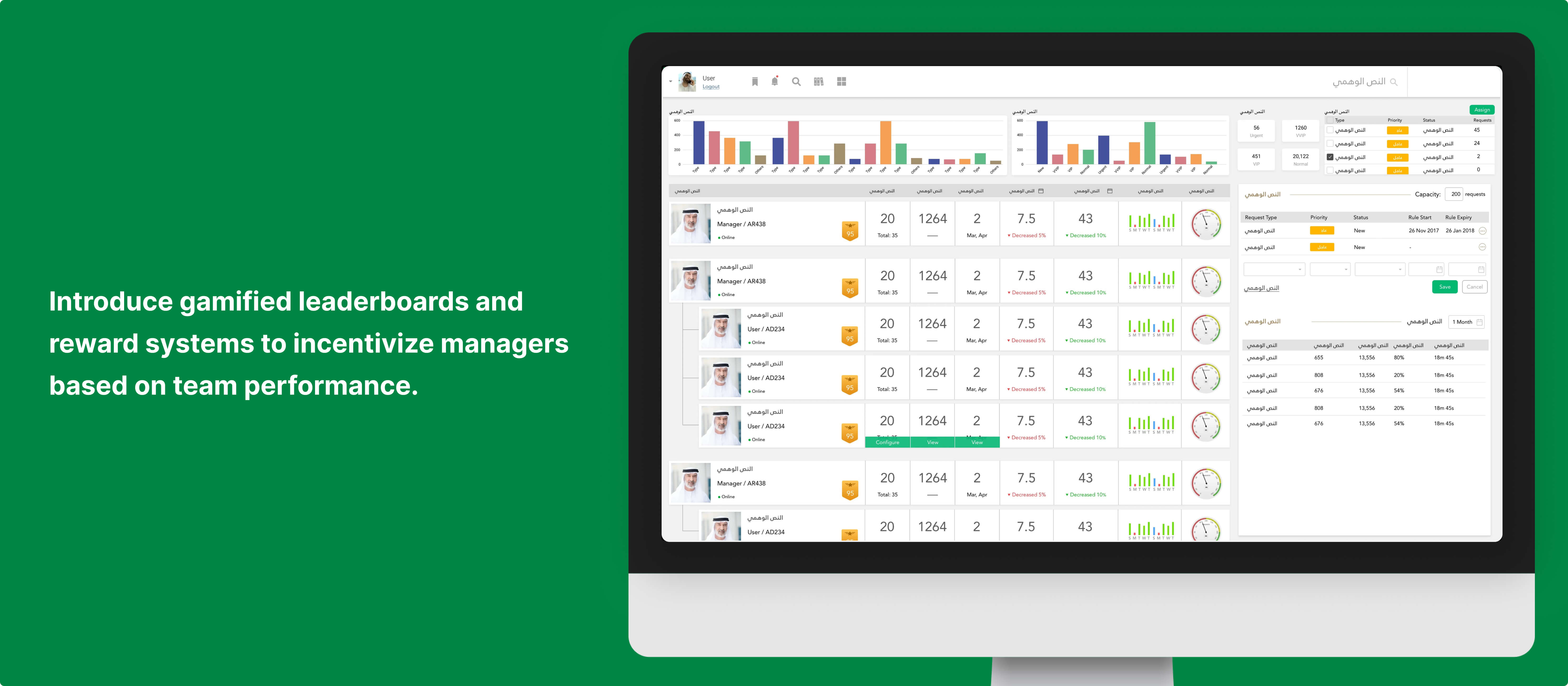
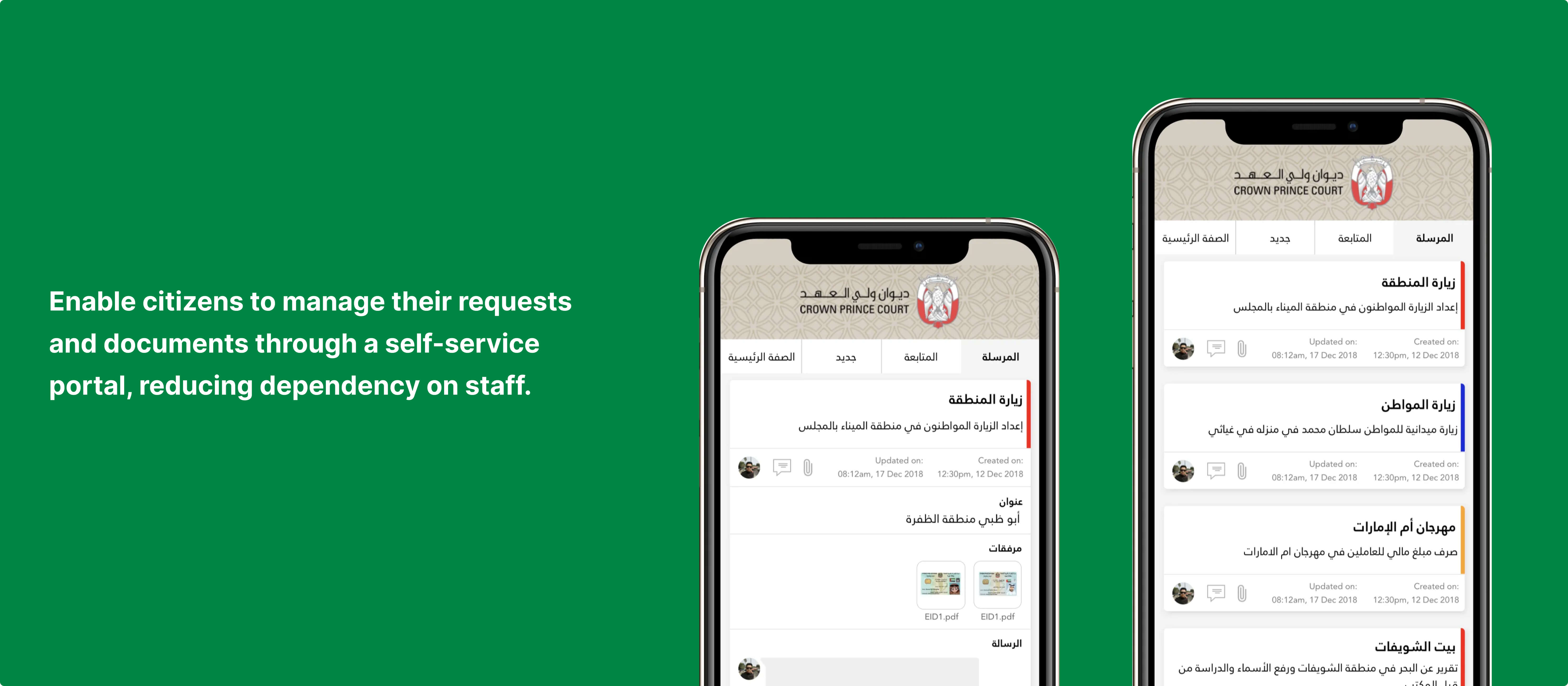
Results
Design Process
- Research: Conducted in-depth interviews, shadowing, and activity analysis.
- Definition: Developed personas and problem statements to guide design.
- Ideation: Brainstormed solutions like predictive analytics and interface unification.
- Implementation: Served as the Product Owner, collaborating closely with the client’s business owner, coordinating with developers, and designing tailored solutions.
- Testing: Conducted daily feedback sessions, UAT, and training workshops for smooth rollout.
Learnings
- Digital transformation is as much about managing organizational change as it is about designing systems. Early user engagement and training are key to adoption.
- Understanding cultural nuances and tailoring solutions accordingly can significantly influence user acceptance and satisfaction.
- Automation should enhance efficiency without alienating employees; managing role redundancies tactfully is important.
We nearly got fired for automating a critical decision-making step. Want to know more?
Curious about the above fact, design process, challenges tackled, or the impact created? Let’s dive deeper into the story! I’d be delighted to share more insights.
Send a Message on LinkedInRead Another Case Study
Redesigning & Migrating a 5,000+ Page Legacy Marketing Site
Migrated iContainers' site to a scalable platform, improving SEO, reducing developer dependency, establishing a cohesive design system, and prioritizing high-traffic pages for enhanced performance and user engagement.
